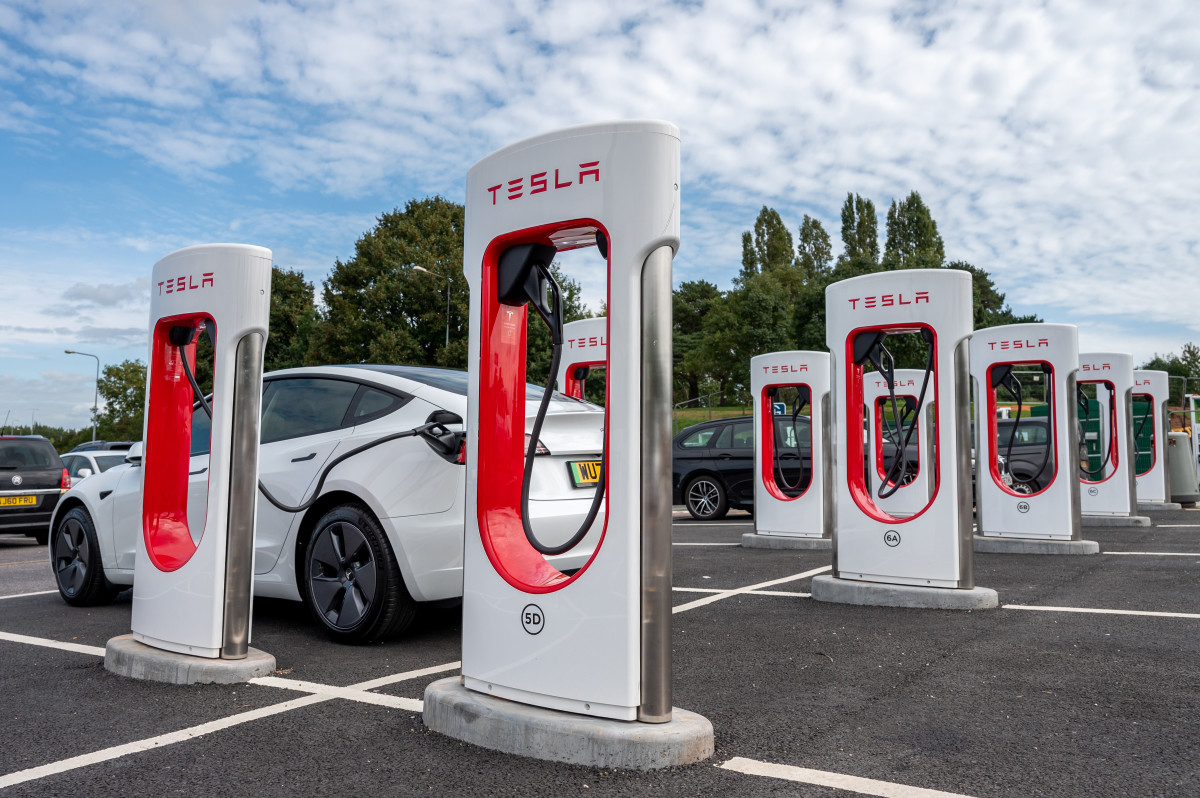
Electric vehicle adoption became a bit complicated this year — as the EV adoption curve began to push beyond the early adopters and into the mass market, EV anxiety, rather than excitement, surfaced.
In the midst of a highly inflationary environment, and with the mass market concerned namely about price, in addition to range and charging infrastructure, many legacy automakers began to inject some caution into their EV transformations.
As the industry attempted to grapple with both this reduced interest, in addition to the high cost and low profitability inherent to the production of EVs, plans were scuppered, investments were reduced and new vehicle lineups were postponed
Related: Here's the full story behind electric vehicle adoption
Still, 2023 is set to be a record year for EV adoption. Global sales of battery electric vehicles (BEVs), EVs that run solely on electricity, topped 9.5 million, making up a 12% share of the auto market, according to data from S&P Global Mobility.
The entire global EV sector, which includes sales of plug-in hybrids (PHEVs), is expected to exceed 14 million units for the year, a 34% year-over-year increase.
While this number represents yet another record year for EV adoption, the rate of that growth is still less than it was the previous year. Global passenger EV sales in 2022 hit 10.5 million units, a 60% increase over the 6.5 million units sold in 2021.

S&P Global Mobility expects this trend of growth to continue into next year. In a recent report, the firm forecast that global sales of BEVs specifically will experience nearly 40% year-over-year growth in 2024, jumping to claim a 16.2% market share.
S&P predicted that, in China, BEVs will make up 28.6% of the vehicles. And in the U.S., BEVs will make up 13.2% of the vehicles, representing 66% year-over-year growth.
S&P also said that while much of this growth will likely be relegated to major markets, smaller markets will "also see modest increases."
As EV adoption has grown, so too has some of the necessary infrastructure. Global EV charging stations grew from 3 million in 2019 to roughly 15 million in 2023, according to S&P, which expects there to be 70 million chargers by 2030.
More Business of EVs:
- Electric vehicle charging CEO sees a 'bright future' ahead for EVs
- New report highlights a major speedbump to mass electric vehicle adoption
- Thousands of car dealers have a potent warning for electric vehicle enthusiasts
And with the cost of raw battery materials falling throughout 2023, S&P said that EV margins — or possibly affordability — could improve next year.
The cost of lithium fell by about 60%, according to S&P. The cost of nickel, graphite and cobalt fell by about 30% each.
S&P's "forecast for 2024 is one of cautious optimism — with an increase in affordable EVs, reliable vehicle-charging ecosystems and profitable returns."
The slight downturn in consumer sentiment, S&P said, will not stop the inevitable transition to global vehicle electrification.
Contact Ian with tips via email, ian.krietzberg@thearenagroup.net, or Signal 732-804-1223.
Related: Canada to make a big new move for the future of electric vehicles
Get exclusive access to portfolio managers’ stock picks and proven investing strategies with Real Money Pro. Get started now.







